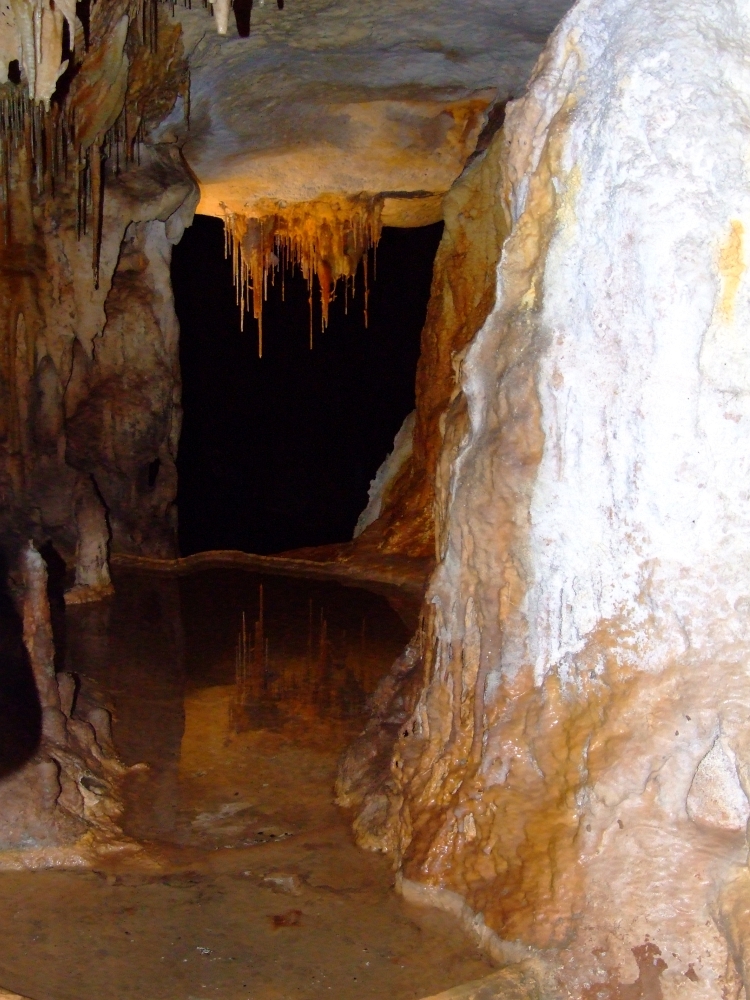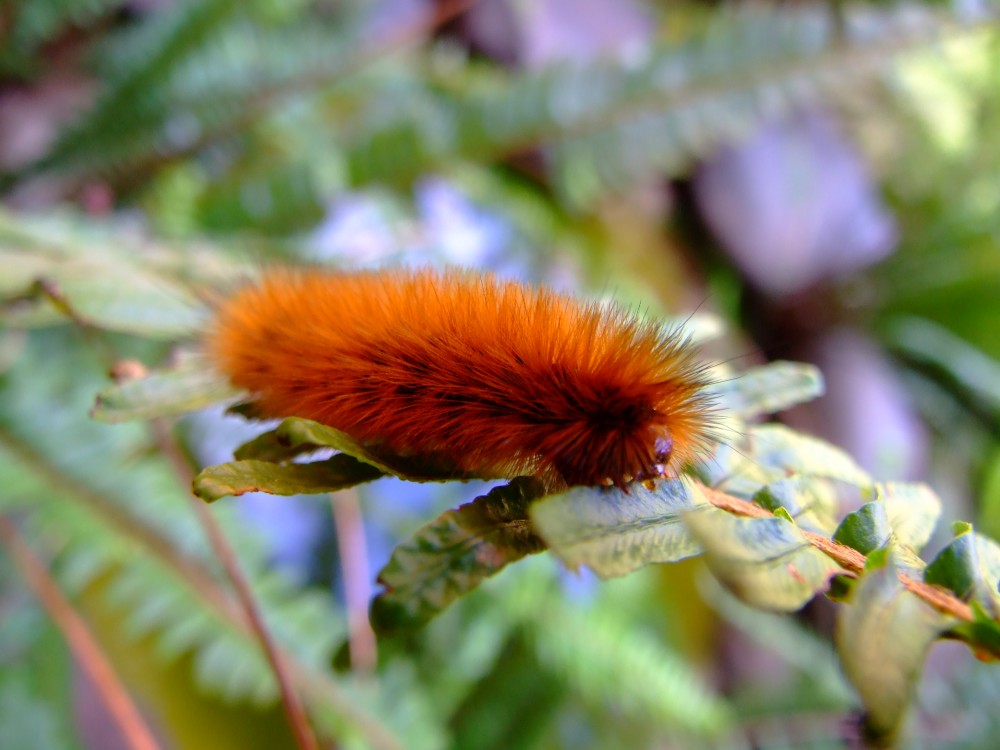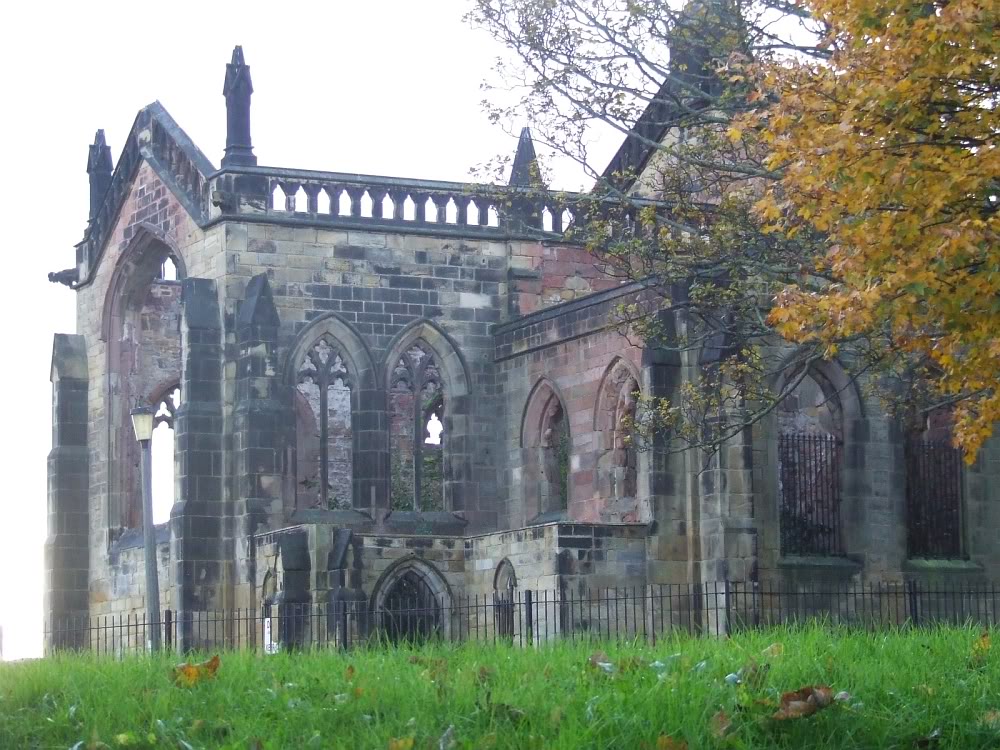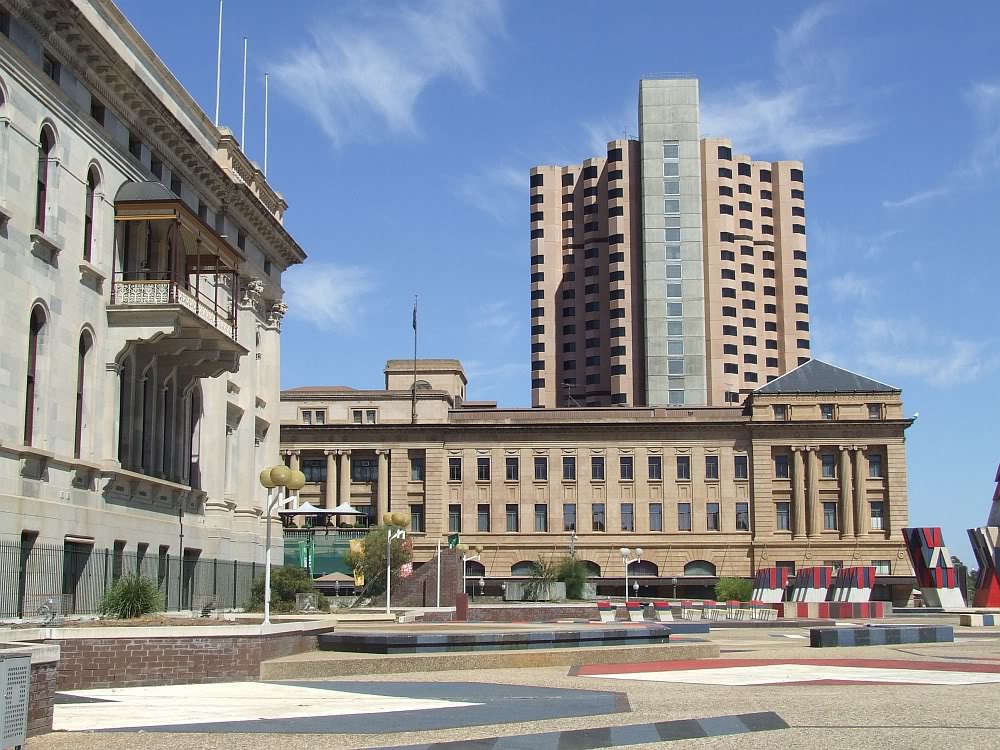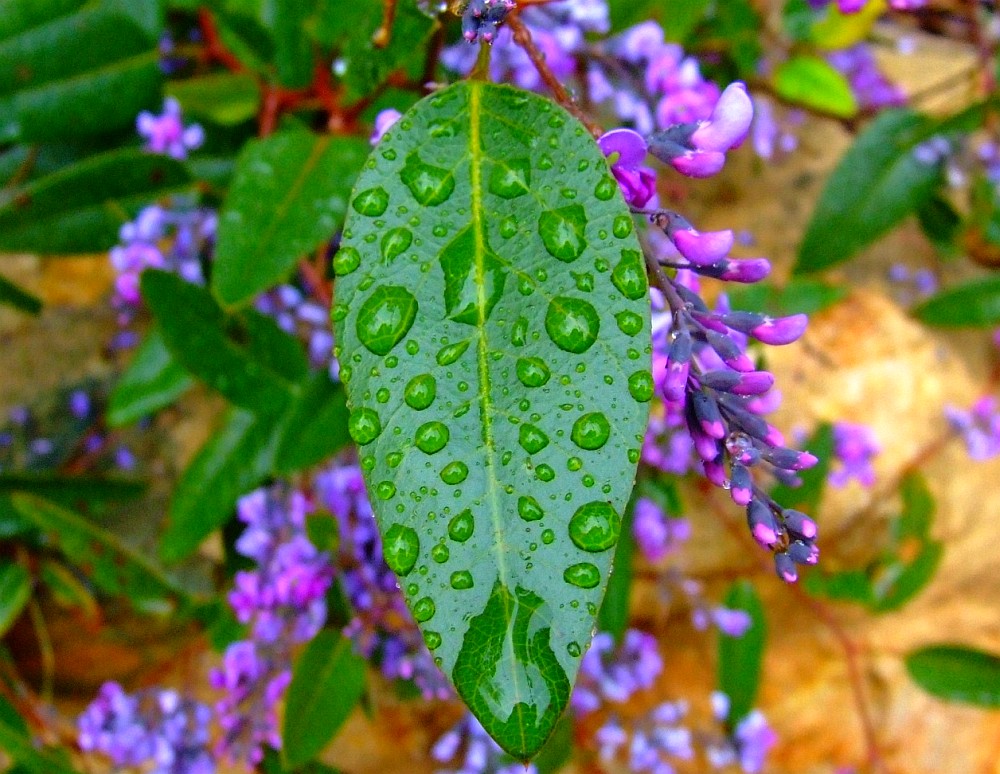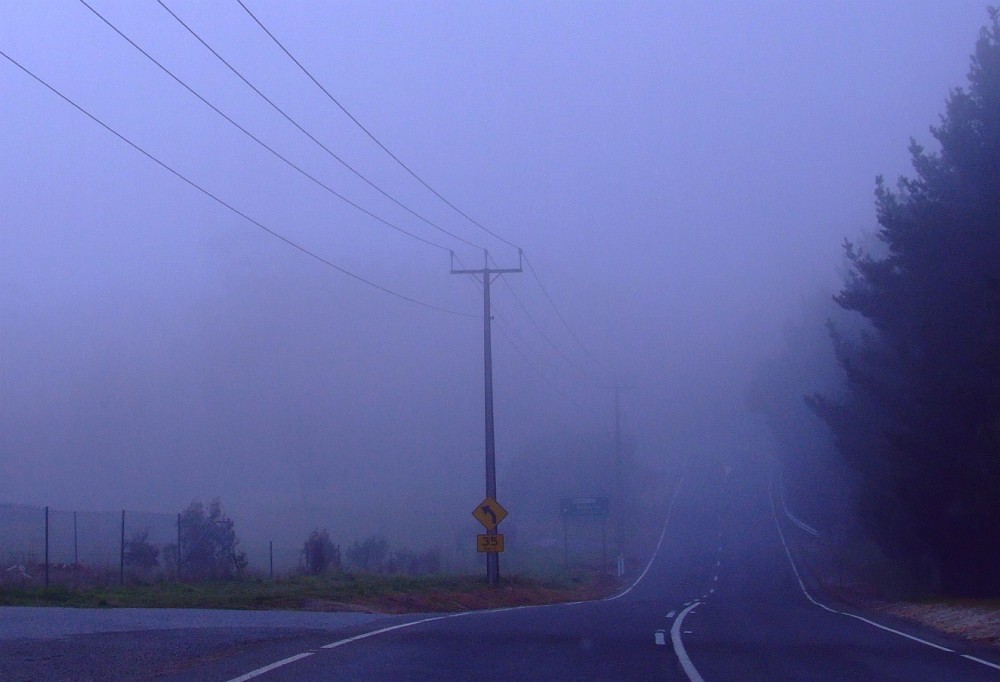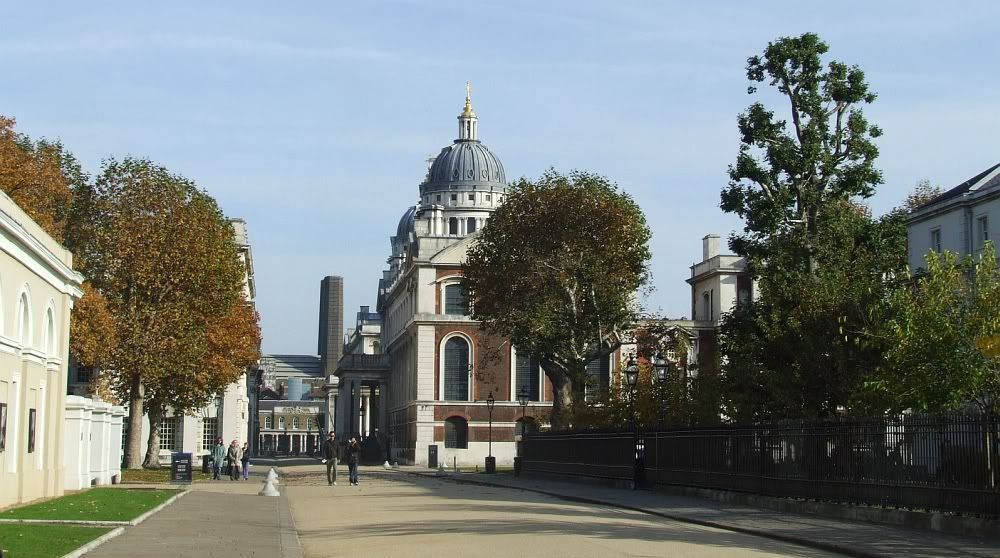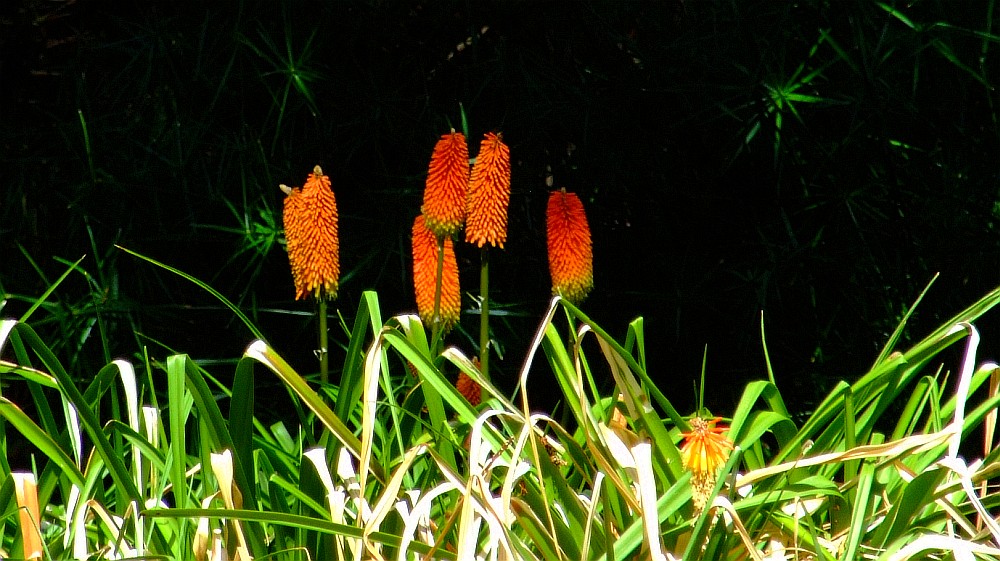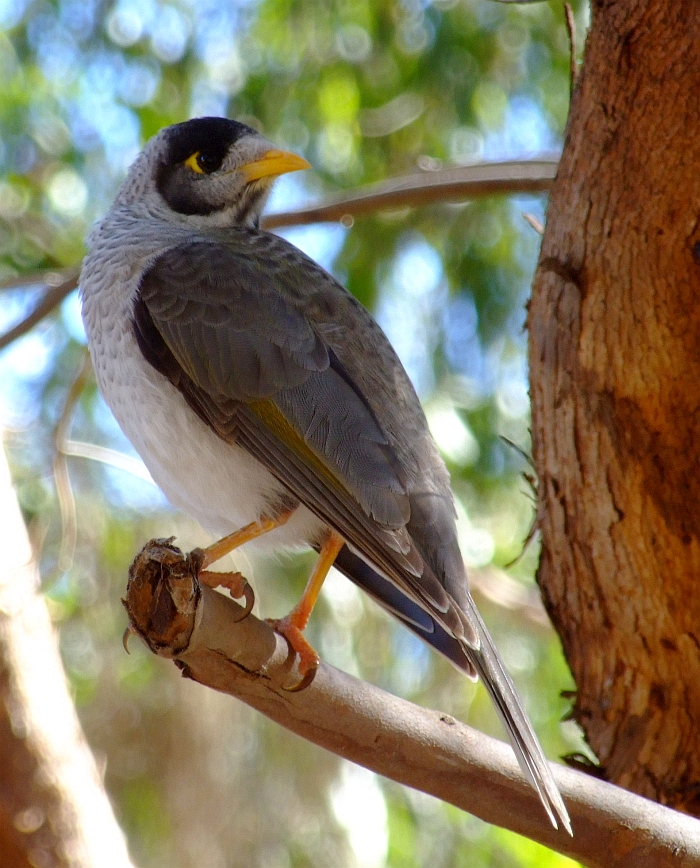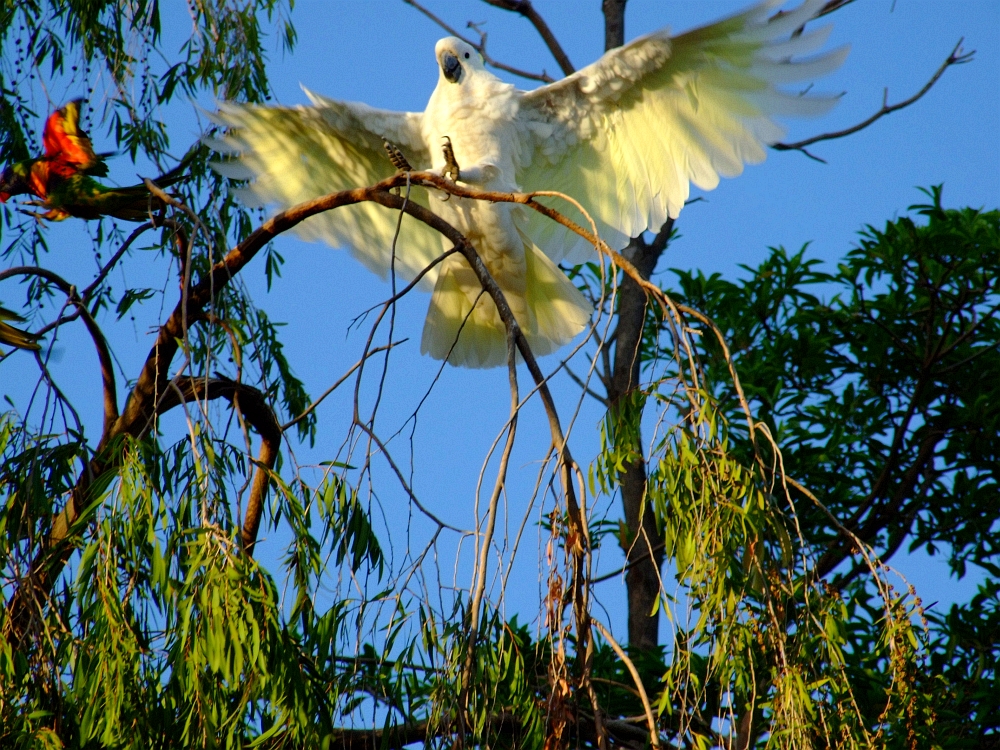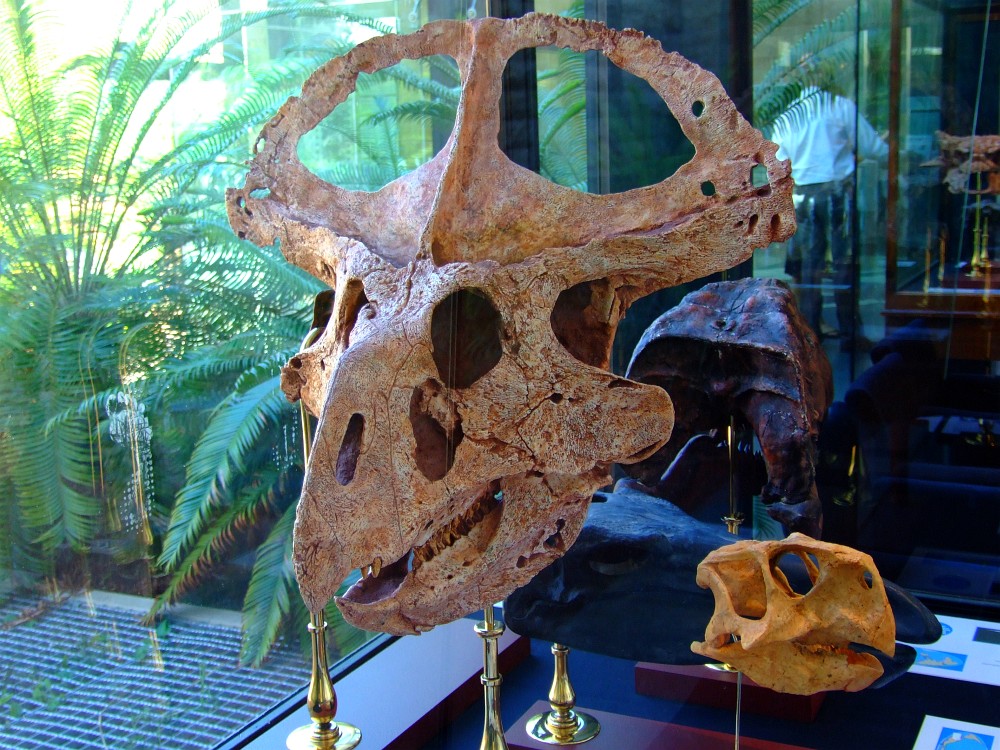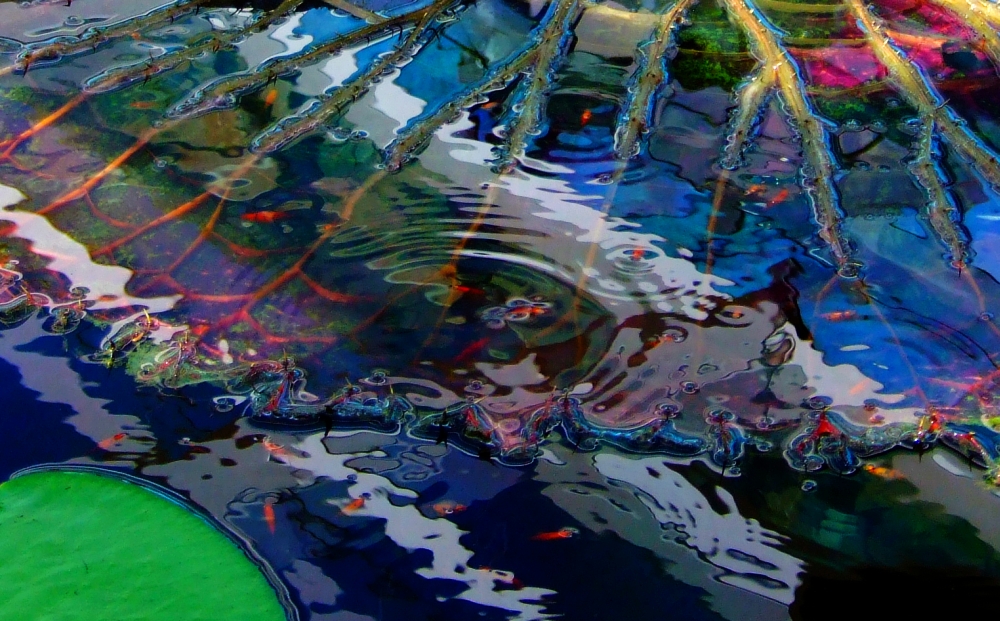Click image to view at 1000 pixels wide
Afternoon light from a low sun does amazing things with silhouettes, even when the light is indirect. This shot was taken in the gardens of Pannet Park Museum, Whitby, UK, in November 2006. My camera batteries were about to expire in a few shots' time, compelling me to call it a day, which was just as well as the evening was going to be cold, and I would return to photograph the museum and its contents the next day. But the last few shots I got before the batteries died had much to recommend them. The museum stands on the brow of a hill, with magnificent Georgian houses on the lower slope, and newer estates on the hills beyond, and this shot looks westward toward such an estate. The houses are hazy in the late light: the sun burns them out, while gently silhouetting the trees in the museum gardens. Match this with the 'controlled landscape' of classic English garden design, and you have an atmospheric and appealing image. Sharpness and colour were adjusted slightly. Fuji FinePix S5600, automatic. Image by Mike.
Afternoon light from a low sun does amazing things with silhouettes, even when the light is indirect. This shot was taken in the gardens of Pannet Park Museum, Whitby, UK, in November 2006. My camera batteries were about to expire in a few shots' time, compelling me to call it a day, which was just as well as the evening was going to be cold, and I would return to photograph the museum and its contents the next day. But the last few shots I got before the batteries died had much to recommend them. The museum stands on the brow of a hill, with magnificent Georgian houses on the lower slope, and newer estates on the hills beyond, and this shot looks westward toward such an estate. The houses are hazy in the late light: the sun burns them out, while gently silhouetting the trees in the museum gardens. Match this with the 'controlled landscape' of classic English garden design, and you have an atmospheric and appealing image. Sharpness and colour were adjusted slightly. Fuji FinePix S5600, automatic. Image by Mike.












